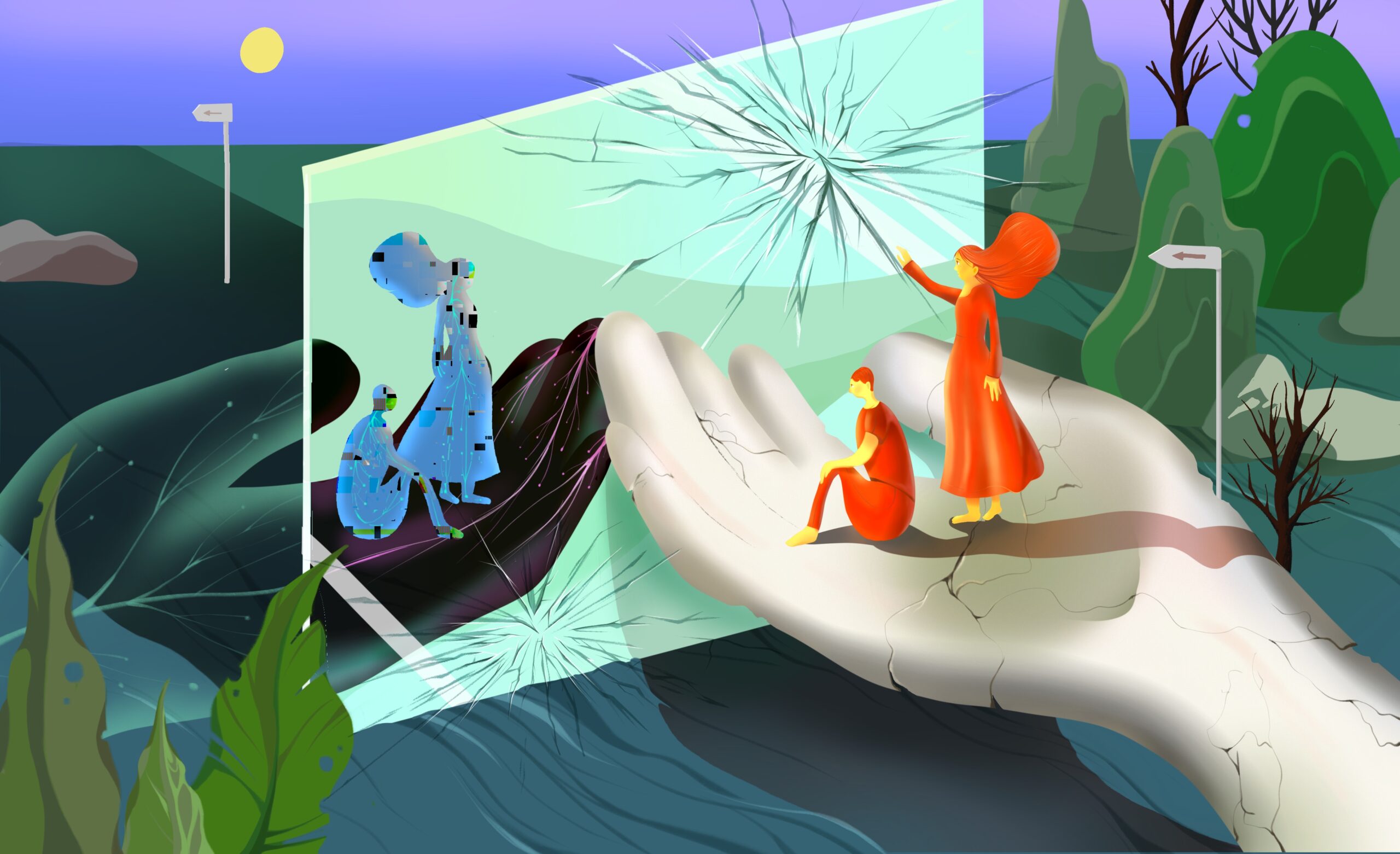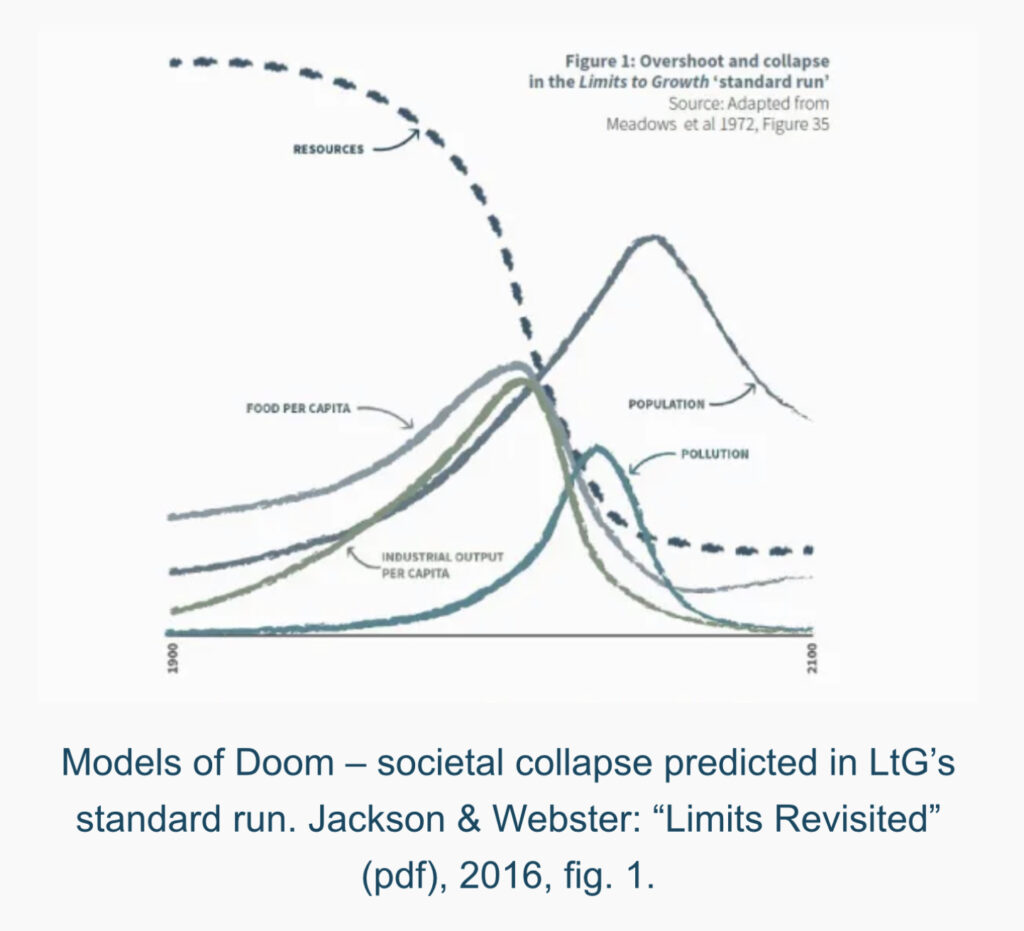Week-7

This week we held a debate about we would enforce a circular economy, as in team FOR, I prepared some notes I may contribute for the team.
1. our resources are limited,so facing increasing population and limited resources, we should use them more efficiently by recycling,so this is the main reason we have to enforce a circular economy.
Research has found that the biggest problems after 2020 are food crisis and population. Civilization may collapse in 2040. The book ‘The Limits To Growth’ points out the limitations of the earth’s resources. With the growing population, no matter how science and technology develops, it cannot change the food and population problems.

2. Traditional linearity economically will lead to energy depletion and environmental pollution.
From the previous lecture, we all know that this model causes damage to the environment because a large amount of resources are mined, processed, and eventually become waste, leading to resource depletion, increased energy consumption and environmental pollution. Circular economy advocates the effective use and recycling of resources, helping to reduce environmental burdens.One estimate by the global consultancy Accenture in 2015 suggested that US$4.5 trillion of extra value could be unlocked by creating products using waste as a resource.
3. Circular economy can create new business opportunities like waste recycling and waste regeneration businesses, and it could also contribute to economic growth and creating new field.
But At the end of the debate, I think there is a lot of work that needs to be done to make the circular economy truly a reality, and we need to change the way we think about resources and build economic activity around them.
However, achieving a circular economy is not idealistic, but a feasible goal. The circular economy emphasizes the sustainable use and recycling of resources, achieved by reducing waste, improving resource efficiency, and designing more sustainable products and production processes. Some countries and companies have taken measures to promote the development of circular economy and achieved some success.
Since the late 2000s, China has embraced circular economy policies. The current circular economy action plan, effective until 2025, establishes ambitious goals for the utilization of scrap steel and construction waste, among other discarded materials. The 2018 ban on importing plastic and other waste has compelled nations to reconsider their waste management strategies.
In Denmark’s Kalundborg, an eco-industrial park showcases a successful circular economy model, where businesses collaborate in material, energy, and information integration. Starting with four enterprises, the park’s innovative approach, including using steam for city heating, has grown to 23 projects. This industrial symbiosis system enables closed-loop circulation of various emissions and energy types among businesses. Through resource sharing, the park annually saves over €80 million, conserves water, reduces CO2 emissions, and recycles solid materials. Since 2015, CO2 emissions have dropped by 80%. Denmark’s commitment to the circular economy is evident in a 2018 strategy, investing €16 million in 15 measures to promote material and product recycling. The “National Waste Prevention and Management Plan 2020-2032” further quantitatively manages waste in impactful areas like biofuels, construction, and plastics. Collaborative efforts are showing clear results in advancing the circular economy.
I can see that many countries are already starting to implement circular economy step by step. However, challenges still remain, and it requires governments, businesses and society to work together to promote wider implementation of circular economy concepts.
References:
Meadows, D.H. (1982) The limits to growth: A report for the Club of Rome’s project on the predicament of Mankind. New York: Universe Books.
‘To get serious on the circular economy, upend how Global Business Works’ (2022) Nature, 612(7939), pp. 190–190. doi:10.1038/d41586-022-04330-y.
Eco-industrial park case study (no date) ENGIE Impact. Available at: https://www.engieimpact.com/insights/eco-industrial-park-case-study-kalundborg (Accessed: 15 November 2023).





